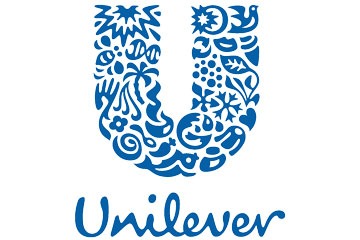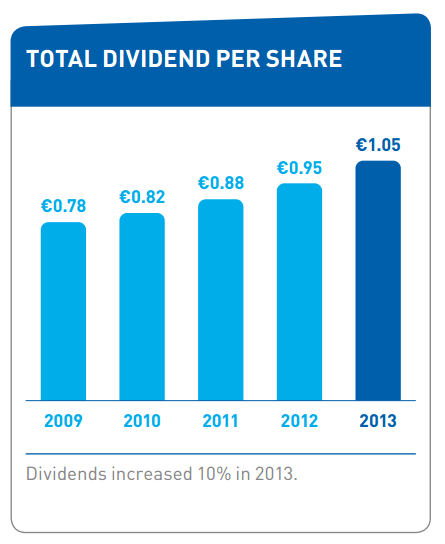*Positioning
Positioning and brand strategy Unilever: 3 applicable lessons

Think of a major food or shampoo brand. Chances are, one of Unilever’s hundreds of brands just came to mind. What many people don’t know is that up to 5 years ago, Unilever’s future was not looking bright. Growth had stalled, and the company was forced to cut back on IT investments and staff. Unilever was hollowing itself out. Since 2009, Unilever has been on the right track again, but it had to work hard on all fronts. The positioning and brand strategy were overhauled, and these changes were implemented down to the very fibers of the organization. What has been the result of all these changes? And what can you learn from Unilever’s positioning and brand strategy?

Unilever owns a vast diversity of brands, operates in 190 countries, and generates about €50 billion in revenue. The brand strategy of Knorr or Dove across different regions or target groups alone could fill a book. In this piece, we limit ourselves to the overall corporate brand strategy and positioning of Unilever and its impact on the organization, brands, and competitive position.
Brand Strategy and Positioning of Unilever
After 10 years of stagnation and hollowing out the ‘capital base,’ CEO Paul Polman completely changed course. Where previously everything was focused on the short term and quarterly performance, common among many publicly traded companies, Polman chose to focus everything on the long term. The core of his long-term vision revolved around sustainability because “You simply cannot save your way to prosperity”. This resulted in the Unilever Sustainable Living Plan, with the central goal of doubling revenue, reducing the absolute environmental impact, and increasing positive social impact.
Consequences for Communication and Positioning Towards Shareholders
This choice resulted in an 8% stock price drop! Simply because Unilever’s first step was to implement these choices in everything related to shareholders. No more quarterly guidance and reporting, unheard of but necessary to attract the right shareholders who believed in the new direction of the company. Additionally, the compensation system was drastically changed to encourage long-term focus.
The company still centers this strategy and positioning 5 years later. In the annual report, it first focuses on the vision and major goals before discussing growth figures and results. Financially, it has also paid off for shareholders, with dividends increasing by about 30% since 2009 and revenue growing by about 25%.
Consequences for Internal Organization and Competitive Position
The impact on the organization itself has also been very positive. While salaries are not as high as in, for example, the financial sector, employee engagement and motivation have greatly increased. People place great value on the goal of ‘making a difference’ and are willing to go the extra mile when necessary. The non-‘growth’ goals are also included in the company’s reporting; diversity, engagement, CO2 emissions, waste production, and water usage have become hard KPIs. Successful growth is only possible with positive development in these figures.
This has laid golden eggs for the organization’s competitive position. The stock value has increased by 23%, and the company can attract talent more easily. The trust of shareholders also seems large, with at least 94% agreeing with proposals from the board. The growth of the brands also outpaces the market, meaning the overall positioning and brand strategy also contribute to their competitive position.
3 Lessons from Unilever’s New Brand Strategy and Positioning
An Inspiring Story Provides Direction and Trust
Setting inspiring goals and explaining why and how the company pursues them allows people to evaluate your performance differently. If you report only hard numbers without explaining how they were achieved, you will be judged solely on those. You can use a central story to present your vision, decisions, and results and help people interpret them.
Clear Positioning Makes It Easier for a Company or Brand to ‘Choose’
For customers, employees, and shareholders alike, it’s much easier to choose a company that has a central story. Evaluating an offer is simpler, and we don’t have to make much effort to see ourselves as part of this organization. People like to be helped in making a choice; it’s your task to make the choice for your company or organization as easy and clear as possible.
Unified Brand Strategy Makes It ‘Usable’ for Everyone
We are truly satisfied only when our expectations are exceeded. Therefore, it’s essential that everyone in your organization knows what’s expected of them and what behavior accompanies it. By being clear about goals and the way of working and thinking, every colleague is able to align their behavior accordingly.
We’ve said it before; entire books are written about certain aspects of Unilever, its brand strategy, and positioning. However, the general story of the organization is underexposed, and therefore a story we gladly share with you. If you want to know more about the general Unilever strategy, we recommend watching/reading the McKinsey interview with Paul Polman and Unilever’s Annual Report.
